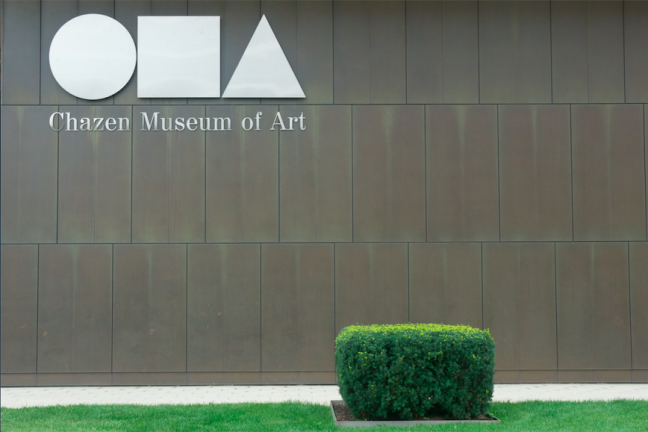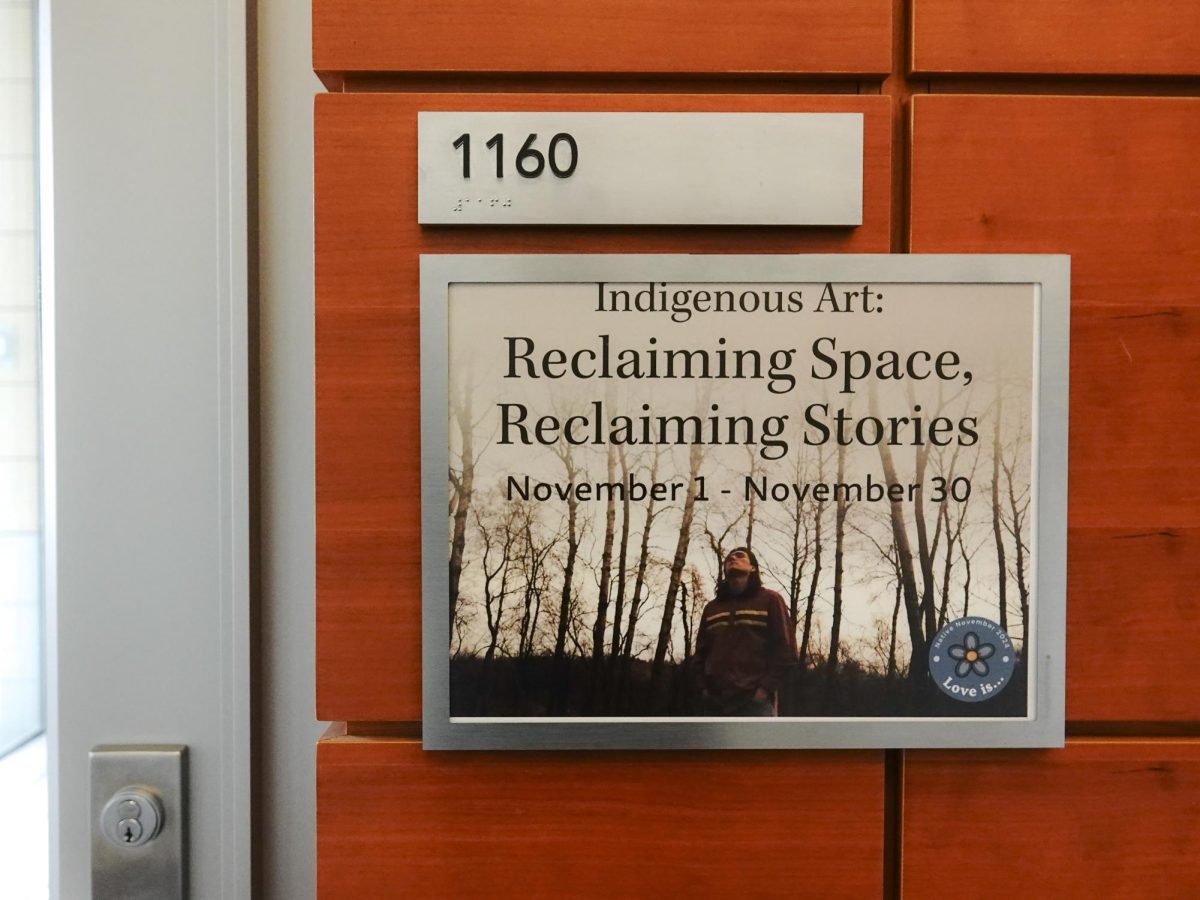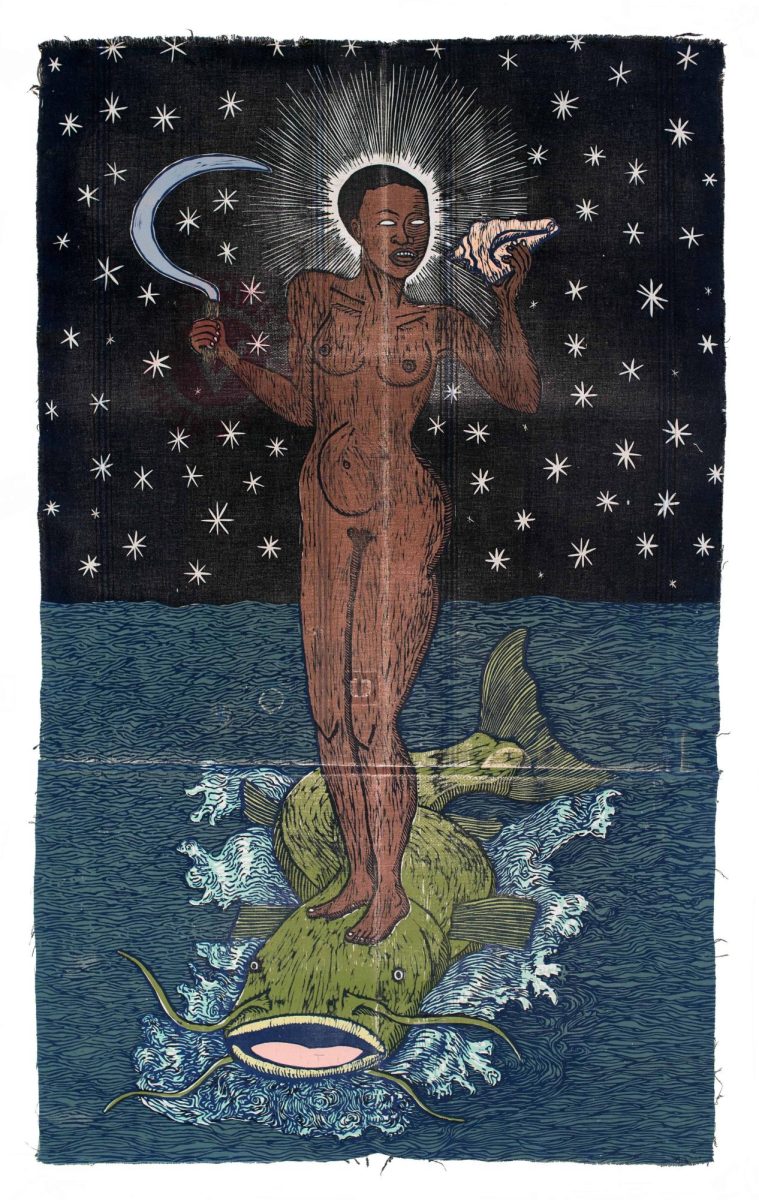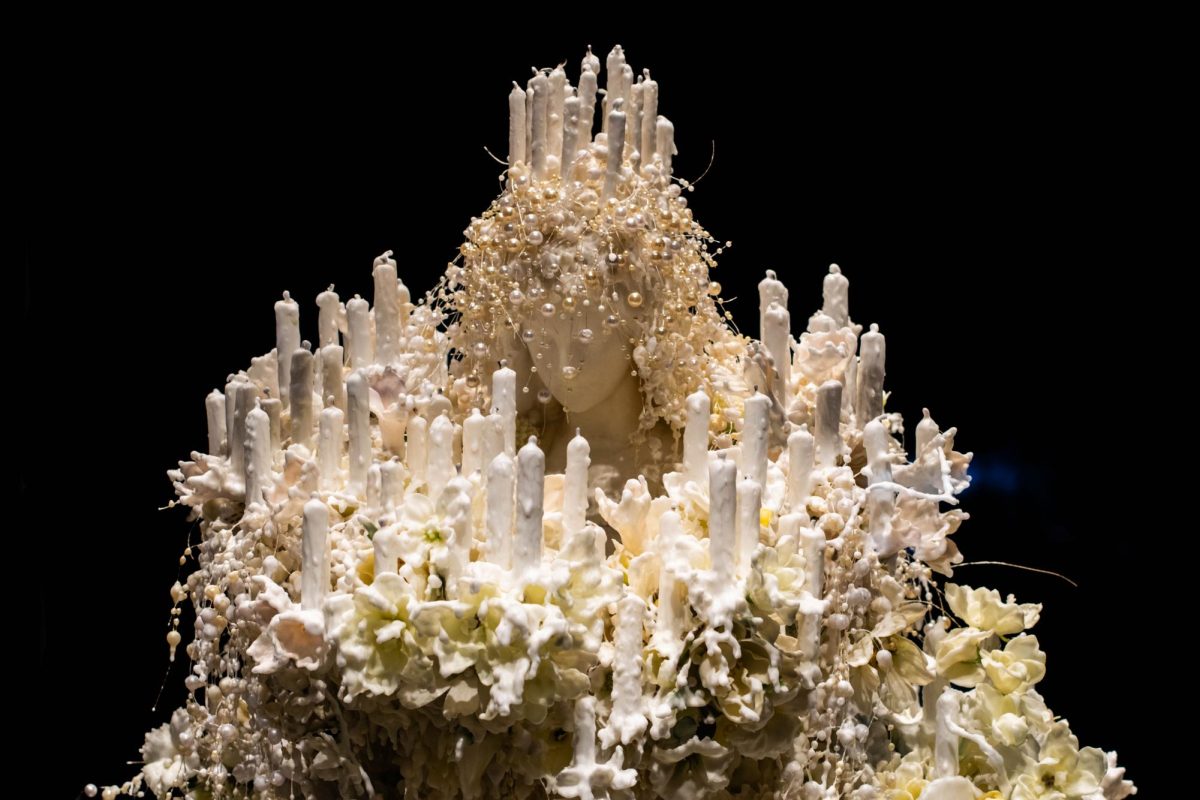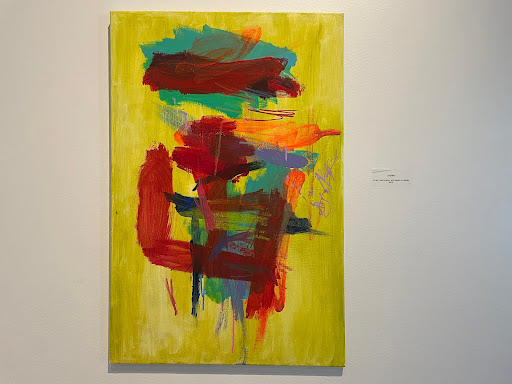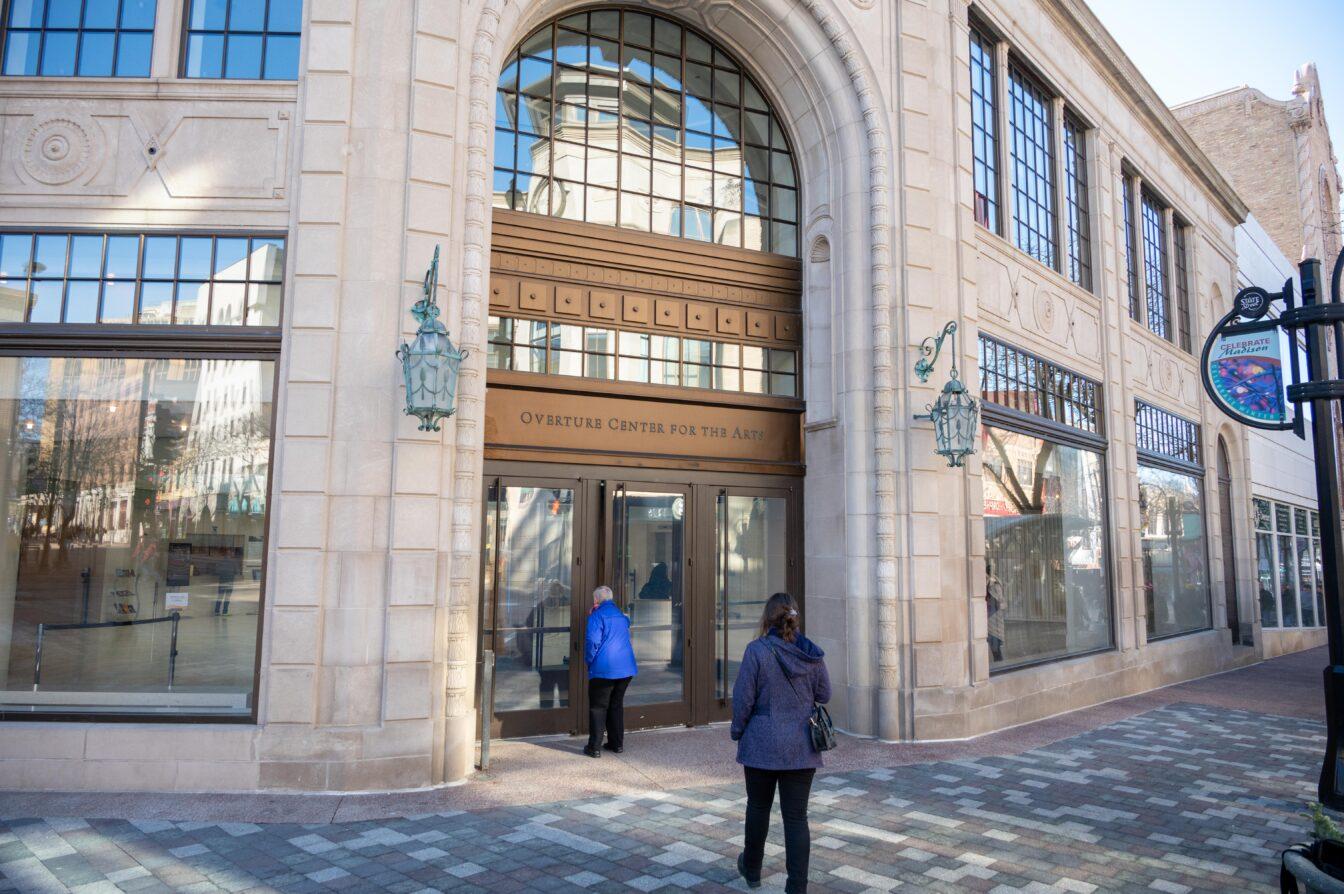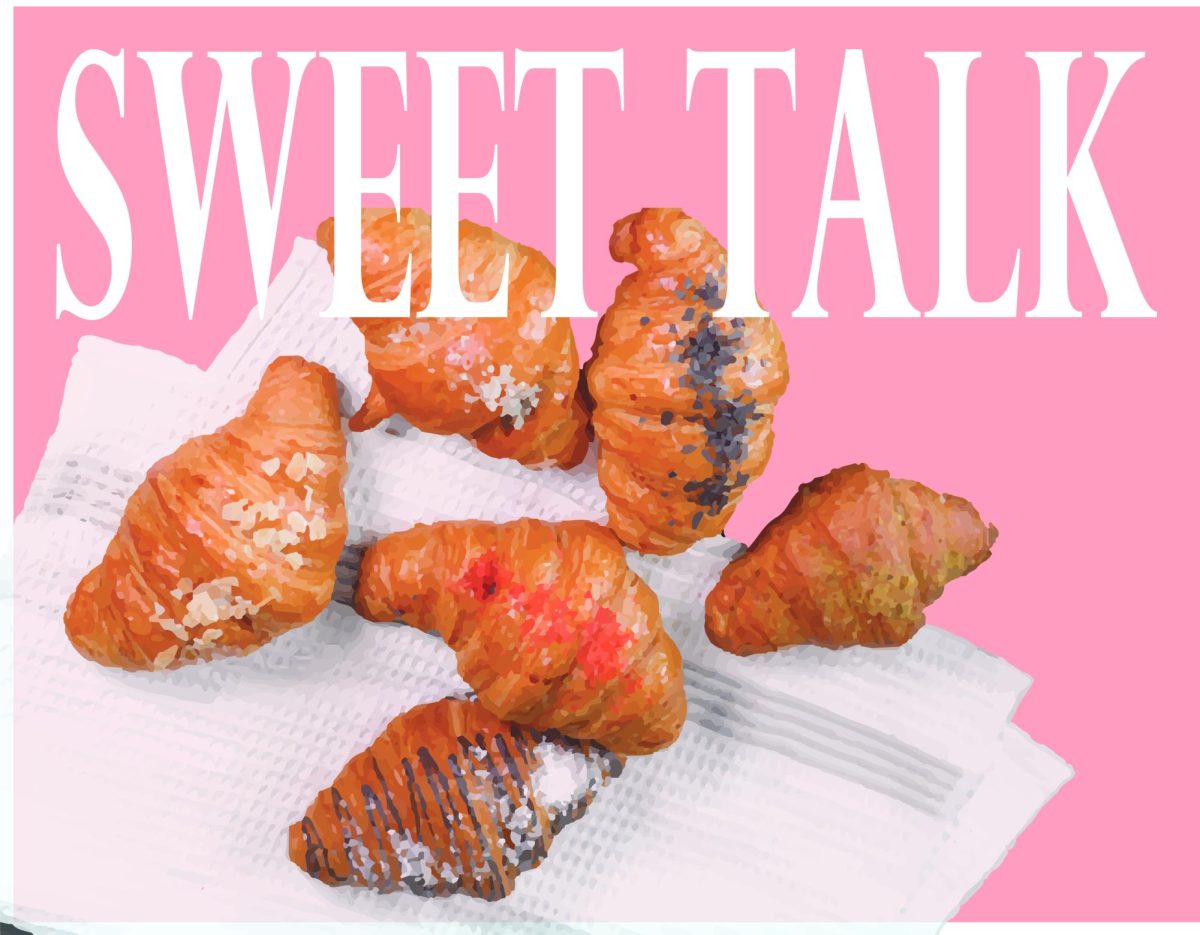The circle, square and triangle icon resting on the aged copper backdrop of Madison’s Chazen Museum of Art doesn’t always garner a first glance. But despite its small size, it hosts an impressive amount of artwork worth inspecting.
From temporary displays highlighting contemporary international artists to esoteric galleries of new and old, Wisconsin’s second-largest art museum holds its own among Midwestern galleries, at no cost to students.
Chazen Highlights
Titled “Ancient Fishing,” this display rests just outside of the main entrance. The sculpture’s creator, Jim Dine, gifted the archaic, teetering skull to the Chazen, along with 67 other art displays. Dine is foremost a draftsman who explores skull archetypes through a range of mediums.

Wisconsin native Tom Uttech is known for creating hyper-realistic landscape paintings he forges from memory alone. His inspiration stems from the northern landscapes of Minnesota, Wisconsin and Canada. The wildlife of “Nin Mamakadendam” seem to float above the display as a cotton candy skyline contrasts a forest clearing, drawing forth a sense of nature’s beauty and impermanence.

Rudolf de Crignis’ paintings are known for flirting with monochromatic hues of blue and grey, as his “Painting #92120″ demonstrates. The dark blue oil on this canvas continually unfolds into infinite fractals of blue — an oasis of calm and wonder that becomes more complex the longer it’s viewed.

In an age of third-wave feminism, Susan Hauptman’s “Self-Portrait” is hard to overlook. The charcoal, pastel and gold leaf composition of this work contrasts with sexually ambiguous undertones. It serves as a reminder to the humor and beauty of the female body without over-sexualization.

Late University of Wisconsin professor John Wilde is a surrealist painter touted for juxtaposing darkness and humor through a pleasing, pastel aesthetic. He gives Dali a run for his money with his soft-hued fantasy worlds: “With Friends,” “Muss en Sein? Muss en Sein!” and “More Good Things.”


UW graduate Robert Grilley is known for his human portraits like Pink Lady. The trippy, fantastical quality of this 1960s cocktail party contrasts Grilley’s other figurines and portraits usually more realistic in nature.

Andy Paiko, an unrivaled glassblower from California, brings together glass, steel and walnut to create The Optic Twist Screen. In the display, visible from the Chazen overpass on East Campus Mall, he transforms the reflective light of Lake Mendota into a cozy, ethereal atmosphere.

In “L’ Amante”, artist Beth Cavener explores the primitive origins of human psychology through its animal counterparts. The svelte and sexy intrigue of her animal sculptures reminds the viewer of humanity’s primordial predispositions.

Stanton Macdonald-Wright’s “Seated Woman” is a multidimensional abstract oil on canvas. The assembly of geometry portrays a woman crouched forward in an array of colors. It seeks to show how the parallel between emotion and color emulates the human experience.

An exploration of illusion and dimension takes precedence with Andrew Erdos’ “Sunlight Melting Into Sand“. He investigates mankind’s relationship with the sublime to showcase the universe’s hidden wonders. The tangible glass blown figure expands infinitely via its mirrored counterparts, which one can view on all sides of the display.



